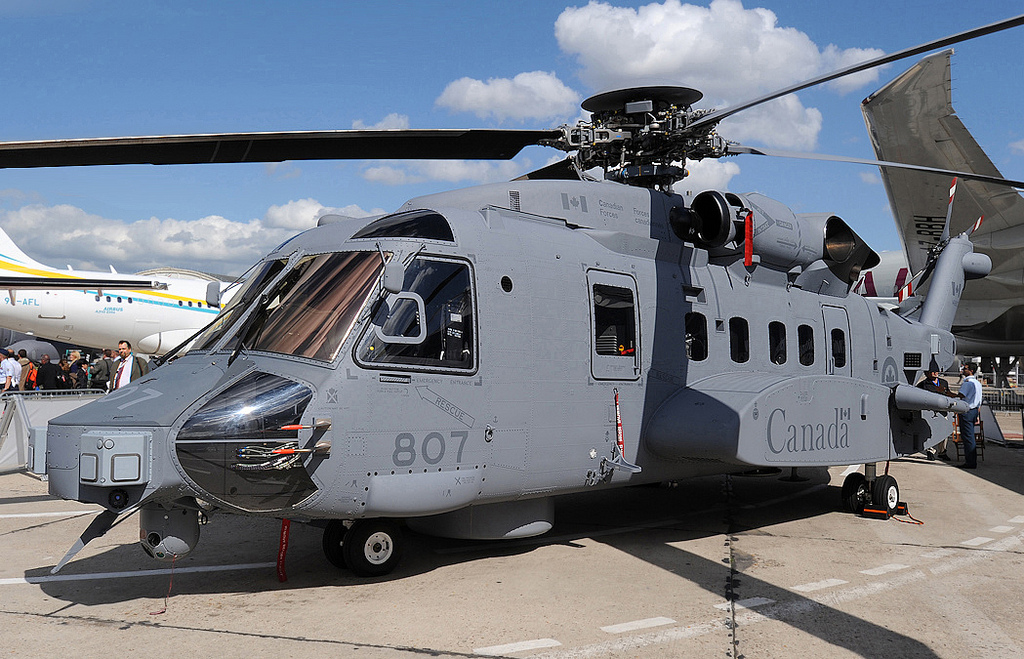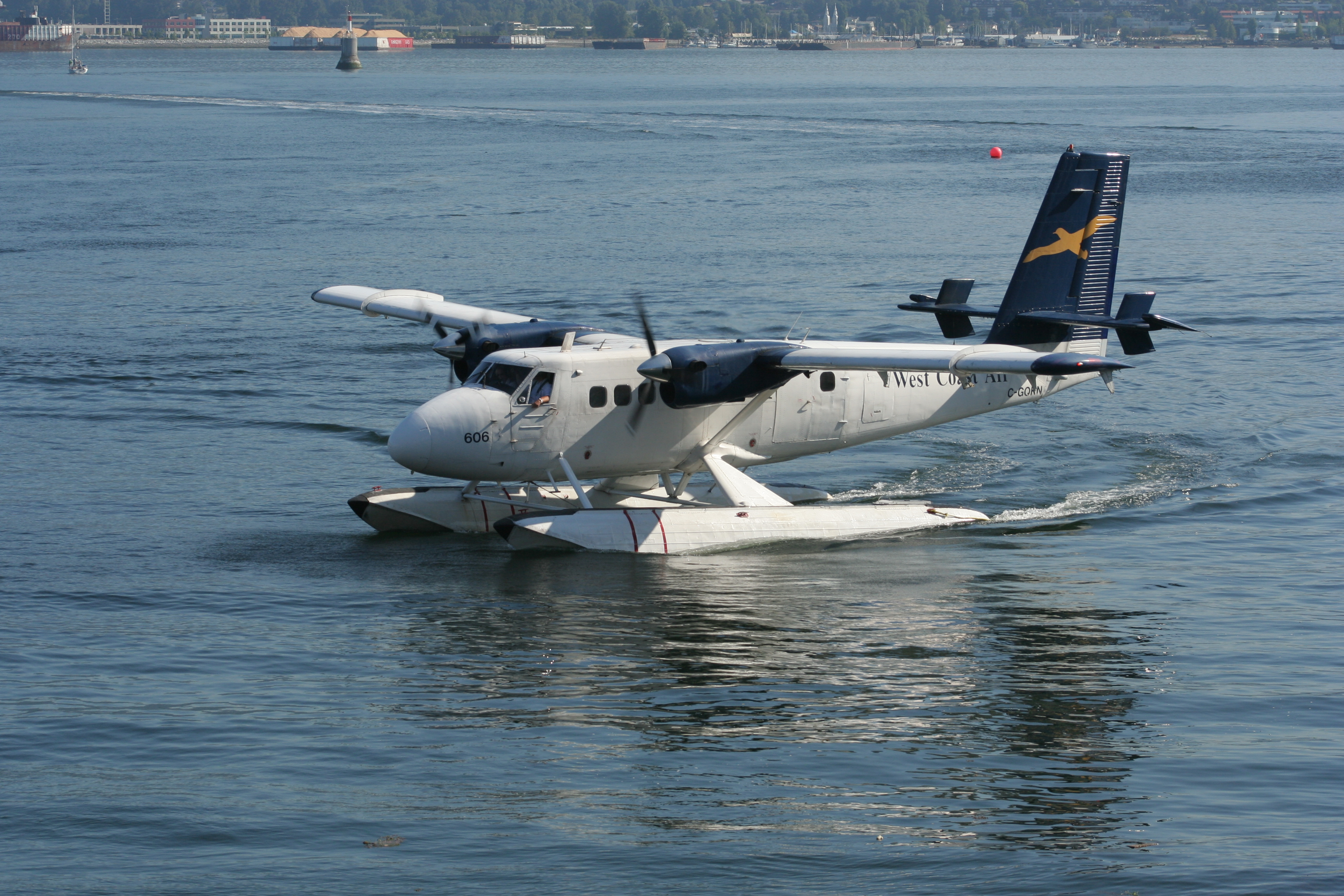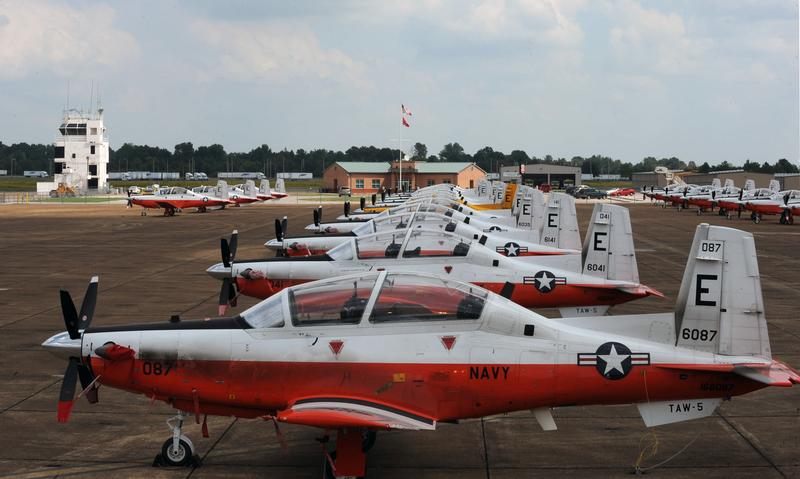|
1 Canadian Air Division
1 Canadian Air Division (1 Cdn Air Div) () is the operational-level command and control formation of the Royal Canadian Air Force (RCAF). Prior to 2006 the official abbreviation for the division was 1 CAD. It is commanded by an air force major-general. History Timeline * 1952: ''No. 1 Air Division (RCAF)'' activated, with 4 wings. Equipped with the Canadair Sabre, in 1956 the CF-100 and in 1962 the CF-104. * 1967: ''No. 1 Canadian Air Group'' (1 CAG) takes the place ''No. 1 Air Division (RCAF)'' after RCAF leaves France. * 1968: The unified Canadian Armed Forces is created and ''No. 1 Canadian Air Group'' is reduced to 1 Wing and 4 Wing. * 1969: ''No. 1 Canadian Air Group'' is reduced to 4 Wing. * 1970: 4 Wing becomes ''1 Canadian Air Group'' (CAG). Equipped with CF-5 in 1970 and CF-18 in 1982. * 1988: ''1 Canadian Air Group'' is reorganized as ''No. 1 Canadian Air Division'' * 1993: As the Canadian Armed Forces prepares to close their European ... [...More Info...] [...Related Items...] OR: [Wikipedia] [Google] [Baidu] |
Royal Canadian Air Force
The Royal Canadian Air Force (RCAF; ) is the air and space force of Canada. Its role is to "provide the Canadian Forces with relevant, responsive and effective airpower". The RCAF is one of three environmental commands within the unified Canadian Armed Forces. As of 2020, the Royal Canadian Air Force consists of 12,074 Regular Force and 1,969 Primary Reserve personnel, supported by 1,518 civilians, and operates 258 manned aircraft and nine unmanned aerial vehicles. Lieutenant-General Eric Kenny is the current Commander of the Royal Canadian Air Force and Chief of the Air Force Staff. The Royal Canadian Air Force is responsible for all aircraft operations of the Canadian Forces, enforcing the security of Canada's airspace and providing aircraft to support the missions of the Royal Canadian Navy and the Canadian Army. The RCAF is a partner with the United States Air Force in protecting continental airspace under the North American Aerospace Defense Command (NORAD). The RCA ... [...More Info...] [...Related Items...] OR: [Wikipedia] [Google] [Baidu] |
CH-148 Cyclone
The Sikorsky CH-148 Cyclone is a twin-engine, multi-role shipborne helicopter developed by the Sikorsky Aircraft Corporation for the Canadian Armed Forces. A military variant of the Sikorsky S-92, the CH-148 is designed for shipboard operations and replaced the CH-124 Sea King, which was in Canadian Armed Forces operation from 1963 to 2018. The Cyclone entered operational service with the Royal Canadian Air Force (RCAF) in 2018 and now conducts anti-submarine warfare (ASW), surveillance, and search and rescue missions from Royal Canadian Navy frigates. The helicopter also performs utility and transport roles in support of national and international security efforts. In 2004, Canada awarded Sikorsky Aircraft a contract for 28 CH-148s with deliveries originally planned to start in 2009. Deliveries were repeatedly delayed due to development issues and difficulty fulfilling contract requirements; the first deliveries, involving six initial helicopters (designated as Block 1), occu ... [...More Info...] [...Related Items...] OR: [Wikipedia] [Google] [Baidu] |
CC-150 Polaris
The Airbus CC-150 Polaris is the designation for the civilian Airbus A310-300s which have been converted into multi-purpose, long-range jet aircraft for passenger, freight or medical transport and mid-air refueling for the Royal Canadian Air Force. Design and development The four Airbus aircraft that make up the fleet were originally civilian airliners purchased and operated by Wardair. First delivered in 1987 and 1988, they were transferred to Canadian Airlines when the two airlines merged in 1989. The aircraft were subsequently sold to the Canadian Armed Forces and converted for military use, entering service between December 1992 and August 1993. Four of the five aircraft, numbered 15002 to 15005, were converted to the ''Combi''-Freighter standard with a reinforced floor and side opening cargo door. The fifth, 15001, was modified as a VIP transport aircraft for government executive transport. The CC-150 replaced the Boeing CC-137 (converted Boeing 707) as a strategic tran ... [...More Info...] [...Related Items...] OR: [Wikipedia] [Google] [Baidu] |
Bombardier Challenger 600
The Bombardier Challenger 600 series is a family of business jets developed by Canadair after a Bill Lear concept, and then produced from 1986 by its new owner, Bombardier Aerospace. At the end of 1975, Canadair began funding the development of LearStar 600, and then bought the design for a wide-cabin business jet in April 1976. On 29 October, the programme was launched, backed by the Canadian federal government, and designed to comply with new FAR part 25 standards. In March 1977, it was renamed the Challenger 600 after Bill Lear was phased out, and the original conventional tail was changed for a T-tail among other developments. The first prototype was rolled out on 25 May 1978, and performed its maiden flight on 8 November. The flight test program saw a deadly crash on 3 April 1980, but Transport Canada approved the CL-600 type certification on 10 August 1980. In 1986, Canadair was close to bankruptcy and was bought by Bombardier. The jet was later stretched into th ... [...More Info...] [...Related Items...] OR: [Wikipedia] [Google] [Baidu] |
De Havilland Canada DHC-6 Twin Otter
The de Havilland Canada DHC-6 Twin Otter is a Canadian STOL (Short Takeoff and Landing) utility aircraft developed by de Havilland Canada in the mid-1960s and still in production today. Built by De Havilland Canada from 1965 to 1988, Viking Air purchased the type certificate and restarted production in 2008, before re-adopting the DHC name in 2022. In 2023, DHC started production of the 300-G, an upgraded version of the Series 400 with Garmin avionics. The aircraft's fixed tricycle undercarriage, STOL capabilities, twin turboprop engines and high rate of climb have made it a successful commuter airliner, typically seating 18–20 passengers, as well as a cargo and medical evacuation aircraft. In addition, the Twin Otter has been popular with commercial skydiving operations, and is used by the United States Army Parachute Team and the 98th Flying Training Squadron of the United States Air Force. Design and development Development of the aircraft began in 1964, with th ... [...More Info...] [...Related Items...] OR: [Wikipedia] [Google] [Baidu] |
Lockheed Martin C-130J Super Hercules
The Lockheed Martin C-130J Super Hercules is an American four-engine turboprop military transport aircraft. The C-130J is a comprehensive update of the Lockheed C-130 Hercules, with new engines, flight deck, and other systems. The C-130J is the newest version of the C-130 Hercules, and the only model currently in production. , 500 C-130J aircraft have been delivered to 26 operators in 22 countries. Development On 16 December 1994, Lockheed received the launch order for the J-model from the United Kingdom's Royal Air Force (RAF). The C-130J launch order occurred after a UK government stalemate of several months that concerned whether to buy new transport aircraft from Europe or the United States. It was paired with a commitment to buy 40 to 50 of the proposed European Future Large Aircraft aircraft (FLA, which was later designated as the A400M). The FLA commitment, which reduced the size of the C-130J launch order, was intended to ensure a 20 percent British workshare in the ... [...More Info...] [...Related Items...] OR: [Wikipedia] [Google] [Baidu] |
Lockheed C-130 Hercules
The Lockheed C-130 Hercules is an American four-engine turboprop military transport aircraft designed and built by Lockheed Corporation, Lockheed (now Lockheed Martin). Capable of using unprepared runways for takeoffs and landings, the C-130 was originally designed as a troop, Medical evacuation, medevac, and Cargo aircraft, cargo transport aircraft. The versatile airframe has found uses in other roles, including as a gunship (AC-130), for airborne infantry, airborne assault, search and rescue, scientific research support, weather reconnaissance, aerial refueling, maritime patrol, and aerial firefighting. It is now the main tactical airlifter for many military forces worldwide. More than 40 variants of the Hercules, including civilian versions marketed as the Lockheed L-100, operate in more than 60 nations. The C-130 entered service with the U.S. in 1956, followed by Australia and many other nations. During its years of service, the Hercules has participated in numerous militar ... [...More Info...] [...Related Items...] OR: [Wikipedia] [Google] [Baidu] |
De Havilland Canada DHC-5 Buffalo
The de Havilland Canada DHC-5 Buffalo is a short takeoff and landing (STOL) utility transport turboprop aircraft developed from the earlier piston-powered De Havilland Canada DHC-4 Caribou, DHC-4 Caribou. The aircraft has extraordinary STOL performance and is able to take off in distances much shorter than even most light aircraft can manage. Design and development The Buffalo arose from a 1962 United States Army requirement for a STOL transport capable of carrying the same payload as the Boeing Vertol CH-47 Chinook, CH-47A Chinook helicopter.''Air International'' August 1976, p. 59. De Havilland Canada based its design to meet the requirement on an enlarged version of its de Havilland Canada DHC-4 Caribou, DHC-4 Caribou, already in large-scale service with the United States Army, to be powered by General Electric T64 turboprops rather than the Pratt & Whitney R-2000 piston engines of the Caribou. (It had already flown a T64-powered Caribou on 22 September 1961). De Havillan ... [...More Info...] [...Related Items...] OR: [Wikipedia] [Google] [Baidu] |
T-6 Texan II
The Beechcraft T-6 Texan II is a single-engine turboprop aircraft built by Textron Aviation. It is a license-built Pilatus PC-9, a trainer aircraft. The T-6 replaced the United States Air Force's Cessna T-37B Tweet and the United States Navy's T-34C Turbo Mentor during the 2010s. The T-6A is used by the United States Air Force for basic pilot training and Combat Systems Officer (CSO) training, the United States Navy for primary and intermediate Naval Flight Officer (NFO) training for the United States Navy and United States Marine Corps and by the Royal Canadian Air Force (CT-156 Harvard II designation), Greek Air Force, Israeli Air Force (with the "Efroni" nickname), and Iraqi Air Force for basic flight training. The T-6B is used by the United States Navy for primary Naval Aviator training for the United States Navy, United States Marine Corps and United States Coast Guard. The T-6C is used for training by the Mexican Air Force, Royal Air Force, Royal Moroccan Air Force, ... [...More Info...] [...Related Items...] OR: [Wikipedia] [Google] [Baidu] |
BAE Hawk
The BAE Systems Hawk is a British single-engine, subsonic, jet-powered advanced trainer aircraft. Its aluminum alloy fuselage is of conventional string-frame construction. It was first known as the Hawker Siddeley Hawk, and subsequently produced by its successor companies, British Aerospace and BAE Systems. It has been used in a training capacity and as a low-cost combat aircraft. Operators of the Hawk include the Royal Air Force (notably the Red Arrows display team) and several foreign military operators. The Hawk was produced at BAE Brough until 2020 in the UK, and continues to be produced under licence in India by Hindustan Aeronautics Limited (HAL), with over 1000 Hawks sold to 18 operators around the world. Development Origins In 1964, the Royal Air Force specified a requirement (Air Staff Target, AST, 362) for a new fast jet trainer to replace the Folland Gnat. The SEPECAT Jaguar was originally intended for this role, but it was soon realised that it would be too co ... [...More Info...] [...Related Items...] OR: [Wikipedia] [Google] [Baidu] |
De Havilland Canada DHC-8 Dash 8
The De Havilland Canada DHC-8, commonly known as the Dash 8, is a series of turboprop-powered regional airliners, introduced by de Havilland Canada (DHC) in 1984. DHC was bought by Boeing in 1986, then by Bombardier in 1992, then by Longview Aviation Capital in 2019; Longview revived the De Havilland Canada brand. Powered by two Pratt & Whitney Canada PW150s, it was developed from the Dash 7 with improved cruise performance and lower operational costs, but without STOL performance. The Dash 8 was offered in four sizes: the initial Series 100 (1984–2005), the more powerful Series 200 (1995–2009) with 37–40 seats, the Series 300 (1989–2009) with 50–56 seats, and Series 400 (1999–2022) with 68–90 seats. The QSeries (Q for quiet) are post-1997 variants fitted with active noise control systems. Per a property transaction made by Bombardier before the 2019 sale to DHC, DHC had to vacate its Downsview, Toronto, manufacturing facility in August 2022, and is ... [...More Info...] [...Related Items...] OR: [Wikipedia] [Google] [Baidu] |
Canadair CT-114 Tutor
The Canadair CT-114 Tutor (company model CL-41) is a jet trainer that was designed and produced by Canadian aircraft manufacturer Canadair. It served as the standard jet trainer of the Royal Canadian Air Force (RCAF), and later Canadian Armed Forces, between the early 1960s and 2000. Development commenced as a private venture by the company. On 13 January 1960, the prototype performed its maiden flight; a year and a half later, the Canadian Government placed a major order for the type. The RCAF would be the dominant user of the type, but a limited number were exported as well. Specifically, the CL-41G model, which was supplied to the Royal Malaysian Air Force (RMAF), served as a ground-attack aircraft up until its withdrawal. The Tutor served as the Canadian Armed Forces primary jet trainer from the 1960s up until 2000, at which point it was finally retired from this role. It was replaced by a combination of the newer British-built CT-155 Hawk and American-built CT-156 Harv ... [...More Info...] [...Related Items...] OR: [Wikipedia] [Google] [Baidu] |








